These are supervolcanoes that cause super eruptions, they are a thousand times more powerful than the largest volcanic eruptions which mankind has witnessed in recent decades. The consequences of a super eruption is unimaginable so they are catastrophic. They can cause considerable damage to the scale of a continent and have cataclysmic effects for life on Earth. One of the most puzzling is that the island of Santorini with some volcanologists believe it is the cause of the disappearance of the Minoan civilization in the Aegean Sea, 3,600 years ago. It is likely that the legend of Atlantis as told by Plato in the 4th century BC, derived from the Aegean disaster. The islands of the Cyclades in the Aegean Sea are located along a micro plate boundary between the African plate and the Eurasian plate. The pressure of the large plates of the Aegean arc created these islands by the accumulation of lava and projections first submarine then aerial. The first phase of the disaster is characterized by many small earthquakes that will last for days and days with at times of strong shaking. Then the ashes and gases escape from the volcanic chimney, soil cracks and covers several decimeters ash. It is the harbinger of the great eruption disaster.
The next phase is explosive, the eruption called Plinian, characterized by a mushroom-shaped sends in heaven column millions of tons of pumice (see note). Pumice propelled like bullets revolvers, fall, pile and accumulate at lightning speed, the layer increases by about 20 cm every hour on the surface of the island and around the island until hundreds of miles away. Then pumice is replaced by ash, tiny particles of ash rising into the stratosphere up to 50 km altitude.
A new phase of the eruption will start, it's called phreatomagmatic phase is characterized by violent explosions of steam and ash, caused by the interaction of magma and water. Sea water that flows into the chimney comes in contact with molten magma, magma and water does not mix, they explode. The explosion produced a series of pyroclastic flows silent surging one after the other at breakneck speeds on the ashy landscape. Composed of rocks and gas the pyroclastic flows reach temperatures of 700 ° C and speeds of 290 km/h. | | The upper part of the volcano collapses and falls into the magma chamber, it is the collapse of the caldera and huge boulders the size of a car spring as missiles. The power is enormous it is equivalent to tens of thousands of times the Hiroshima bomb. In the vast plume covering the volcano burst of lightning that fully illuminate the sky. The magma chamber is partially empty, the volcano spews tens of billions of tons of magma which are buried for a long time, the land under a hundred meters high ash, pumice and blocks. Pumice floating on the water covers a part of the sea a layer so thick (1 meter) that can be walked on. Large islands of pumice drift away by the waves, even by boat, you can not escape from this hell and the worst is to come.
Pyroclastic flows of several hundred degrees that run above the waves associated with the collapse of the magma chamber will cause a massive tsunami tens of meters high. The devastation of the surrounding islands is ongoing. Then the billions of tons of ash thrown into the sky will rise into the upper atmosphere and carried by the wind, go around the Earth. The tiny ash particles agglomerated in the clouds will cause heavy rains. This dark cover in the sky, will change the climate and reduce the average global temperature by several degrees and this for decades. After a few weeks, the general cooling is of about 10 ° C, the snow will cover the land to mid-latitudes for several years. Then Humanity comes in a little ice age with all the consequences that one can imagine. Fly ash will infiltrate everywhere, polluting the water, covering crops, disrupting monsoons and cause famine near one to two billion people.
NB: Pumice or pumice stones are very porous volcanic rocks and low density, often less than 1, which allows them to float on the water surface.
NB: A lahar is a mudflow of volcanic origin. It is mainly composed of water, volcanic ash and tephras The tephra are all materials (materials solid and liquid entrained by the gas) emitted by volcanoes, except lava, they come from different types of explosive eruptions.. | | 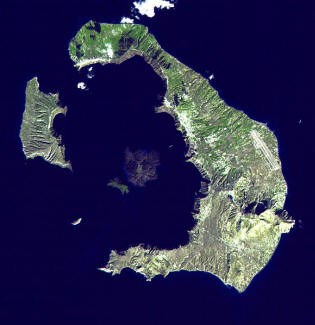 Image: The beautiful Greek island Santorini is a volcanic island redesigned at the end of the sixteenth century BC (between 1650 and 1598 BC), a terrific explosion that engulfed the center of the island and disintegrated Santorini into several islets around the caldera. Its cliffs are of exceptional beauty that makes this place one of the most beautiful scenery in the world. Satellite image of the islands of Santorini, with the island of Santorini, to the right. This incomplete ring of 8 km in diameter and 85 km2, circumscribed islands of Thera and Therasia, which are the remains of the ancient island Kallistē before the volcanic collapse created the caldera. The supervolcano Santorini is stratovolcano Plinian. Index VEI = 6, in 1600 BC (see table below). |
The supervolcanoes have a flat structure and is difficult to detect. It is only after to have exploded when underground magma chamber collapses, we see the famous caldera supervolcano in the ground. These calderas of several tens of kilometers, are so great that we can not detect that from an aerial view.
The supervolcanoes as volcanoes lie on areas of intense geological activity, mainly along the line of volcanoes that runs through a large part of the Pacific Ocean.
The supervolcanoes cause super eruptions, a thousand times more powerful than the volcanic eruptions that is generally observed on Earth. These super eruptions can cause considerable damage to the scale of a continent and have cataclysmic effects for life on Earth. The most recent explosion of a supervolcano listed, dates from about 26,500 years is that of Lake Taupo in New Zealand which was mega-colossal.
The supervolcano eruption of Indonesia, on the island of Toba (see picture opposite), which took place there about 73,000 years, spewed an impressive amount of material, estimated at about 2,800 cubic kilometers of rock and ash. By comparison, the eruption of Mount Pinatubo in the early 1990s, has issued only 10 cubic kilometers of ash and yet the ashes of Pinatubo lowered average global temperature of 0.6 ° C for two years. In 1998, a professor of anthropology at the University of Illinois, Stanley Ambrose, said that the eruption of Toba could cause a global cooling of the planet for 1800 years. This eruption had covered part of Asia, many meters of ash and some of the expelled material could fall to 3000 km from the volcano. | | Yes a super eruption threatens us but we do not know which. Image: Index classification of volcanic eruptions, by volume ejected material. The index of Explosivity or scale VEI (Volcanic Explosivity Index), was invented in 1982 by Chris Newhall of the U.S. Geological Survey and Steve Self at the University of Hawaii.
| VEI |
Classification |
Plume |
Ejecta volume |
| |
|
|
|
| 0 |
Hawaiian |
< 100 m |
<10,000 m³ |
| 1 |
Hawaiian/Strombolian |
100 m - 1 km |
>10,000 m³ |
| 2 |
Strombolian/Vulcanian |
1-5 km |
>1,000,000 m³ |
| 3 |
Vulcanian/Pelean |
3-15 km |
>10,000,000 m³ |
| 4 |
Pelean/Plinian |
10-25 km |
>0,1 km³ |
| 5 |
Plinian |
25-30 km |
>1 km³ |
| 6 |
Plinian/Ultra-Plinian |
> 30 km |
>10 km³ |
| 7 |
Ultra-Plinian |
> 40 km |
>100 km³ |
| 8 |
Supervolcanic |
> 50 km |
>1,000 km³ |
| |
| nota : VEI 8 = Lac Taupo 26,500 years ; Toba 74,000 years ; Yellowstone 600,000 years. |
| | 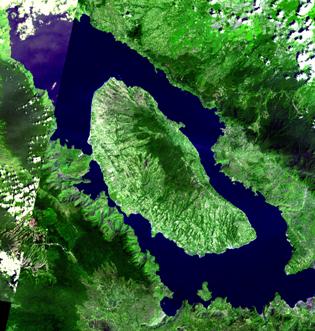 Image: Nestled in the heart of the rainforest of Sumatra, the giant caldera supervolcano Toba, has impressive dimensions. It measures ≈ 30 km wide and ≈ 100 km long. The ancient caldera is now filled by a lake in the middle of which the tourist island of Samosir, embodying the old dome of the volcano. Lake Toba is the largest lake in Southeast Asia, its landscape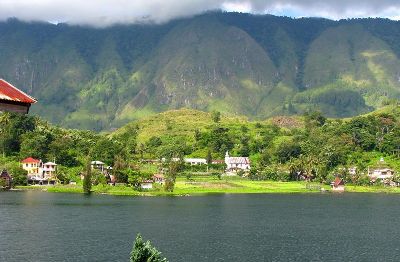 is spectacular, with its high mountains and houses Batak is spectacular, with its high mountains and houses Batak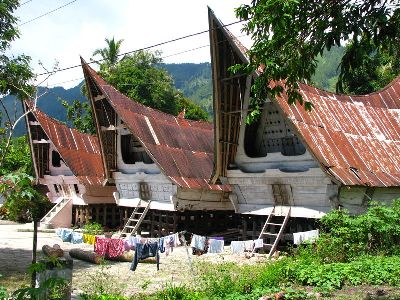 . This oasis of tranquility is actually a supervolcano crater where live more than 20 000 inhabitants. The explosion took place, there are about 74 000 years. VEI index supervolcano Toba = 8. . This oasis of tranquility is actually a supervolcano crater where live more than 20 000 inhabitants. The explosion took place, there are about 74 000 years. VEI index supervolcano Toba = 8. |
 Automatic translation
Automatic translation






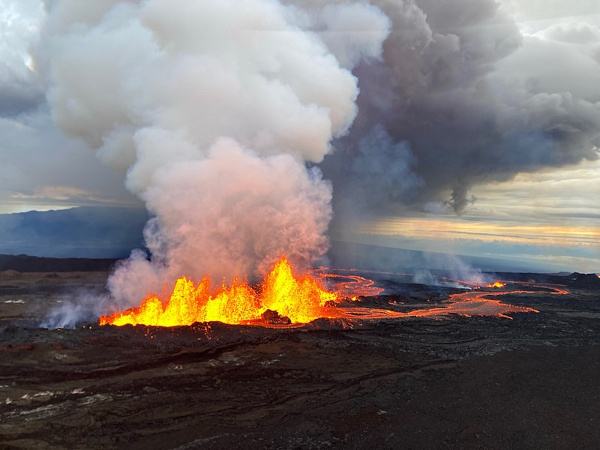 Mauna Loa is the largest volcano in the world!
Mauna Loa is the largest volcano in the world!
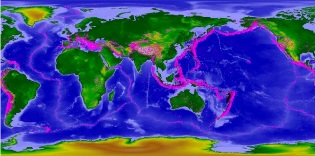 Effusive and eruptive volcanoes of the Earth
Effusive and eruptive volcanoes of the Earth
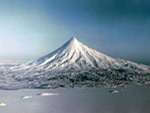 Kamchatka, exceptional land of fire
Kamchatka, exceptional land of fire
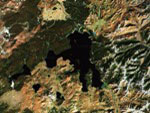 The threat of supervolcanoes
The threat of supervolcanoes
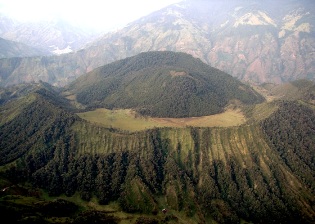 The active volcanoes of Colombia
The active volcanoes of Colombia
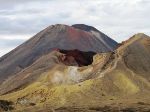 New Zealand volcanoes
New Zealand volcanoes
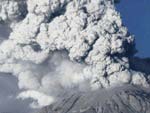 Volcanoes at the origin of life
Volcanoes at the origin of life
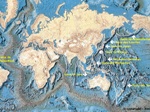 The great ocean trenches
The great ocean trenches
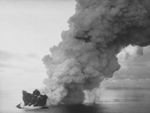 Birth of an island, rising from the waters
Birth of an island, rising from the waters
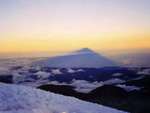 Chimborazo in Ecuador, the highest mountain in the world
Chimborazo in Ecuador, the highest mountain in the world
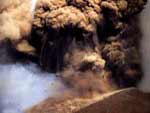 Super eruption disaster
Super eruption disaster
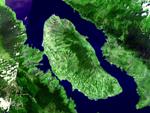 The great calderas of the planet
The great calderas of the planet
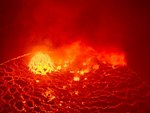 Africa's Active Volcanoes
Africa's Active Volcanoes
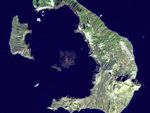 Supervolcanoes have changed life on Earth
Supervolcanoes have changed life on Earth
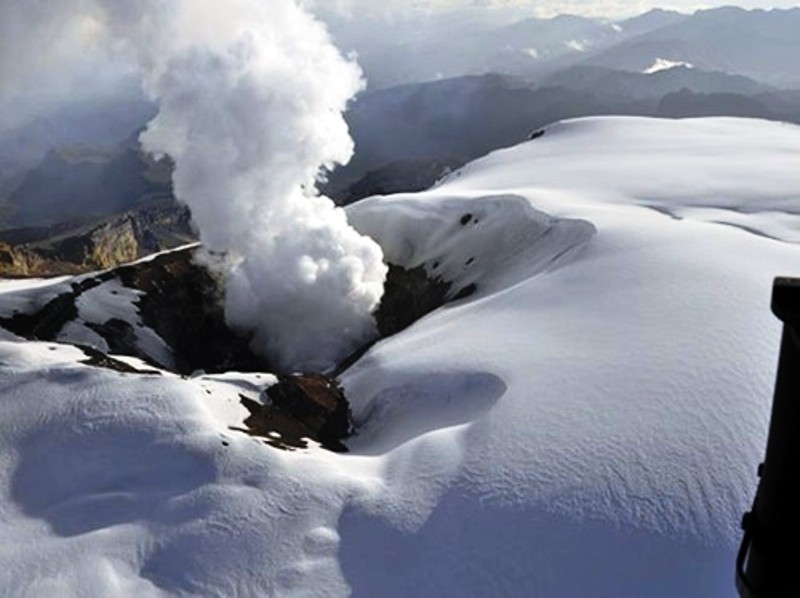 The Nevado del Ruiz volcano
The Nevado del Ruiz volcano
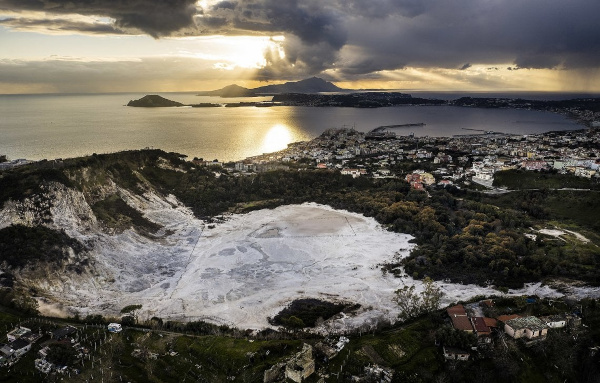 The Phlegraean Fields
The Phlegraean Fields
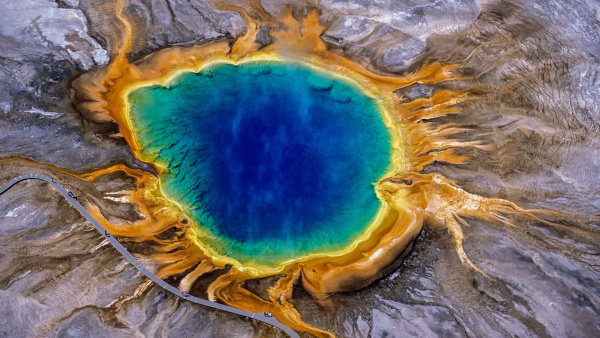 The Yellowstone Supervolcano
The Yellowstone Supervolcano
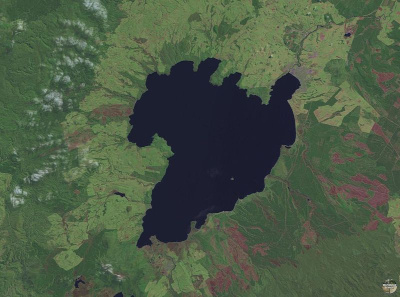 The spectacular caldera of Lake Taupo
The spectacular caldera of Lake Taupo